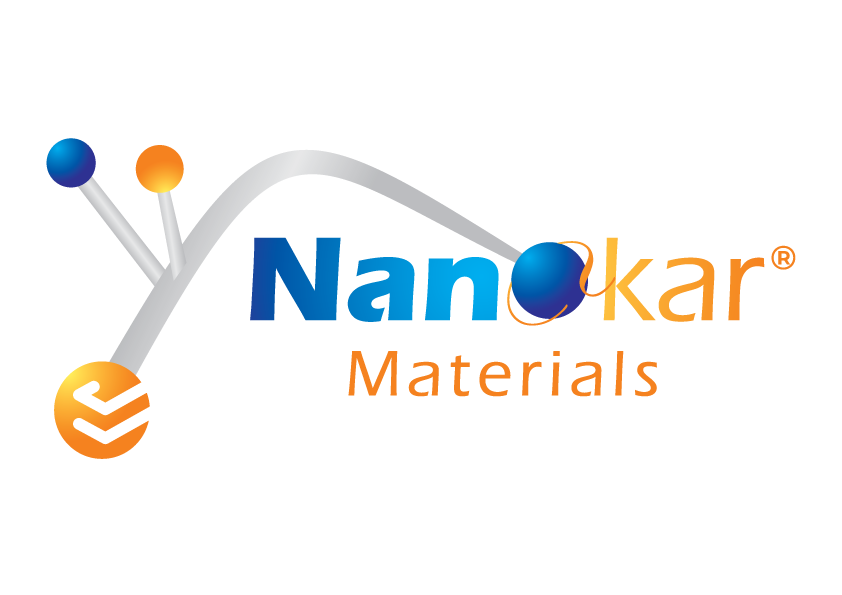BlogTantalum Nanoparticle
Tantalum Nanoparticles: Properties, Synthesis, and Applications Introduction Tantalum nanoparticles (Ta NPs) are nanoscale particles of tantalum, a transition metal known for its high melting point and excellent corrosion resistance. With diameters ranging from 1 to 100 nanometers, tantalum nanoparticles exhibit unique physical and chemical properties that make them valuable in a range of advanced technological...
